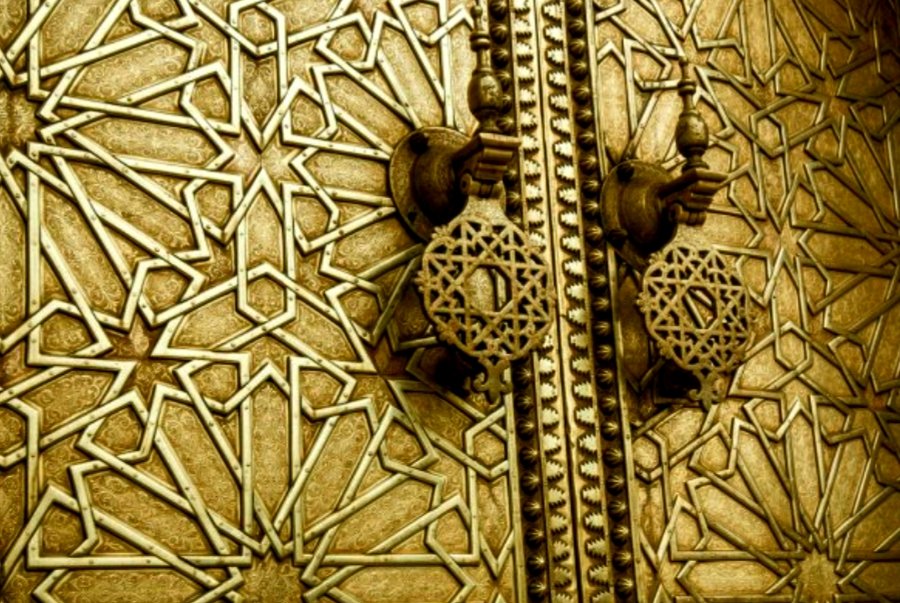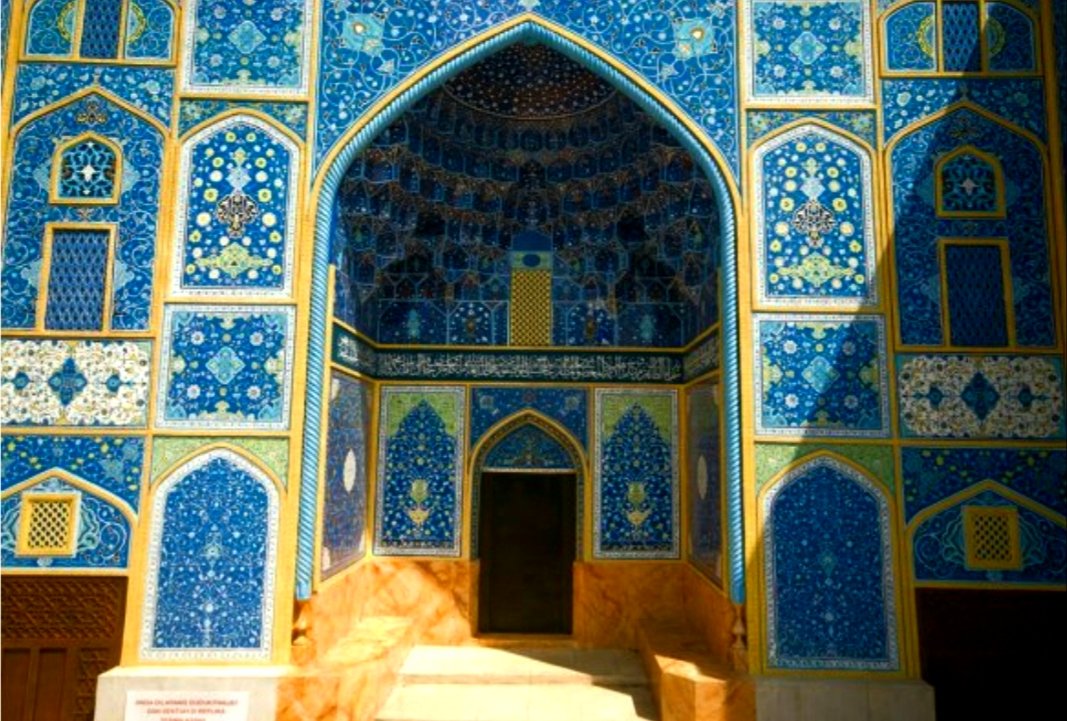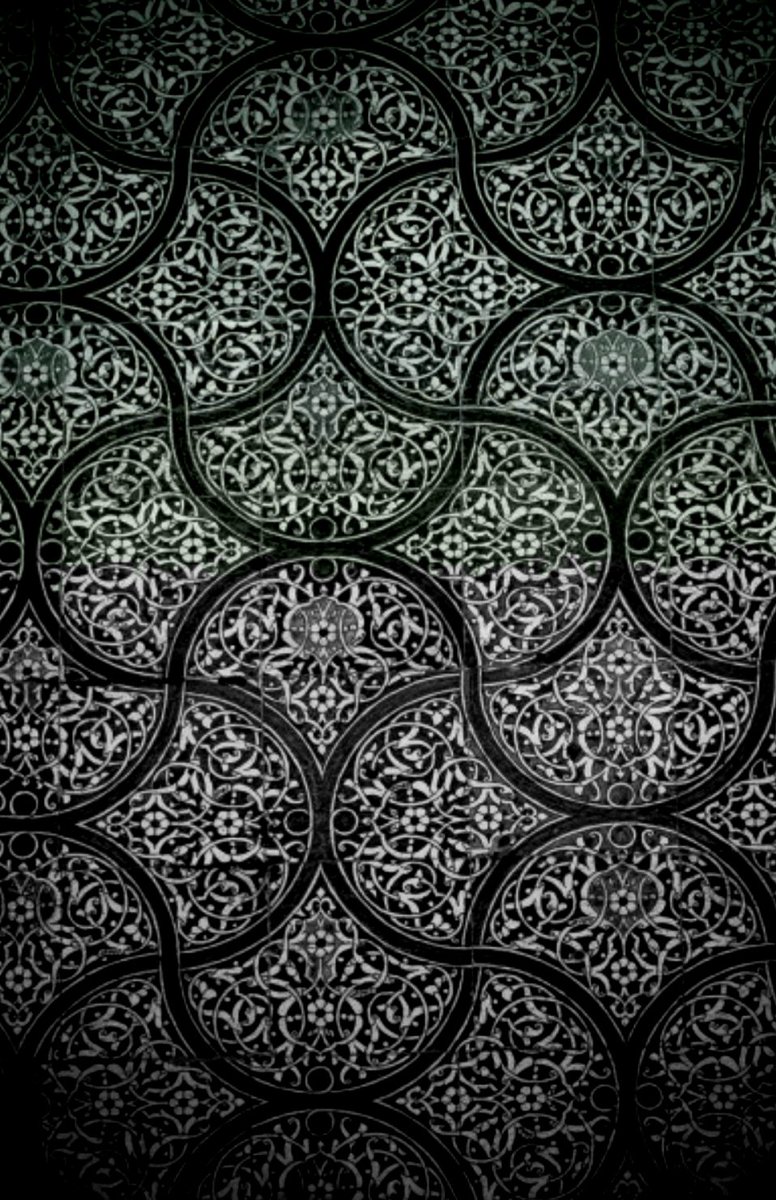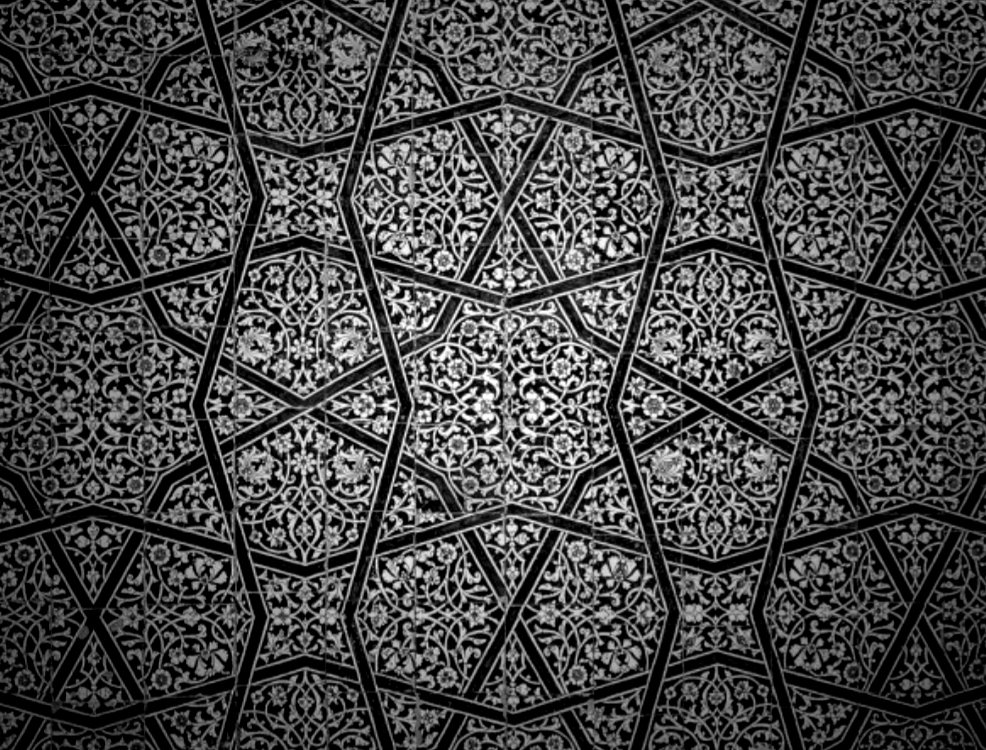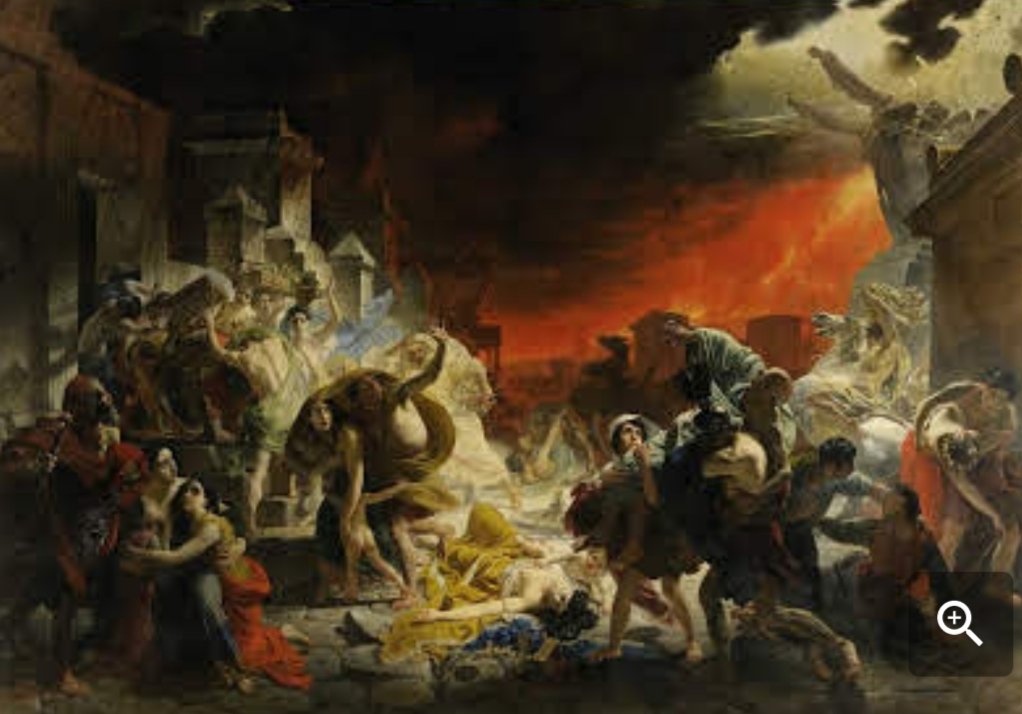1/1
The relationship between Gogol's "Arabesques" and the line, transitional between one-dimensionality and two-dimensionality, is illuminated by Benjamin's comparison of Arab architecture and ornament with argumentation of a certain type ~ treatise.
The relationship between Gogol's "Arabesques" and the line, transitional between one-dimensionality and two-dimensionality, is illuminated by Benjamin's comparison of Arab architecture and ornament with argumentation of a certain type ~ treatise.
1/2
"a treatise does not immediately reveal its structure and content; one has to wander through it to discover the guiding principle." Its façade is not covered with images, but, in Benjamin's words, “continuous, multiplying arabesques.
"a treatise does not immediately reveal its structure and content; one has to wander through it to discover the guiding principle." Its façade is not covered with images, but, in Benjamin's words, “continuous, multiplying arabesques.
1/3
As we wander through the Arabesque landscape we constantly come across the same objects and ideas - Gothic cathedrals, Greek marble statues, the beginning of the modern era, the education of youth, from different points of view and in different contexts ...
As we wander through the Arabesque landscape we constantly come across the same objects and ideas - Gothic cathedrals, Greek marble statues, the beginning of the modern era, the education of youth, from different points of view and in different contexts ...
1/4
In principle, it would be possible to compose a thematically related essay on a topic, for example, the vocation of an artist, collecting pieces from articles and stories of "Arabesques" ("On teaching general history", "Portrait", "A few words about Pushkin",
In principle, it would be possible to compose a thematically related essay on a topic, for example, the vocation of an artist, collecting pieces from articles and stories of "Arabesques" ("On teaching general history", "Portrait", "A few words about Pushkin",
1/5
On the architecture of the present time "," Nevsky Prospect ",
and" The Last Day of Pompeii "). 1833
456,5 × 651
Russian Museum in St. Petersburg
Karl Bryullov.
On the architecture of the present time "," Nevsky Prospect ",
and" The Last Day of Pompeii "). 1833
456,5 × 651
Russian Museum in St. Petersburg
Karl Bryullov.
The main theme of this work, which seems fragmentary and discontinuous, but has an inner integrity, is the need for observing separate parts and for a panoramic view of the whole. The same concordance applies to the intricate, dense, and whimsically meandering line of the Arabian
ornament.
In Gogol's collection "Arabesque" (1835), landscape is destiny. In the historical concept of Gogol, the character of the people is deeply determined by the geography of their homeland, and even the form of government ...(...)
S. Fusso. Landscape "Arabesque".
In Gogol's collection "Arabesque" (1835), landscape is destiny. In the historical concept of Gogol, the character of the people is deeply determined by the geography of their homeland, and even the form of government ...(...)
S. Fusso. Landscape "Arabesque".

 Read on Twitter
Read on Twitter